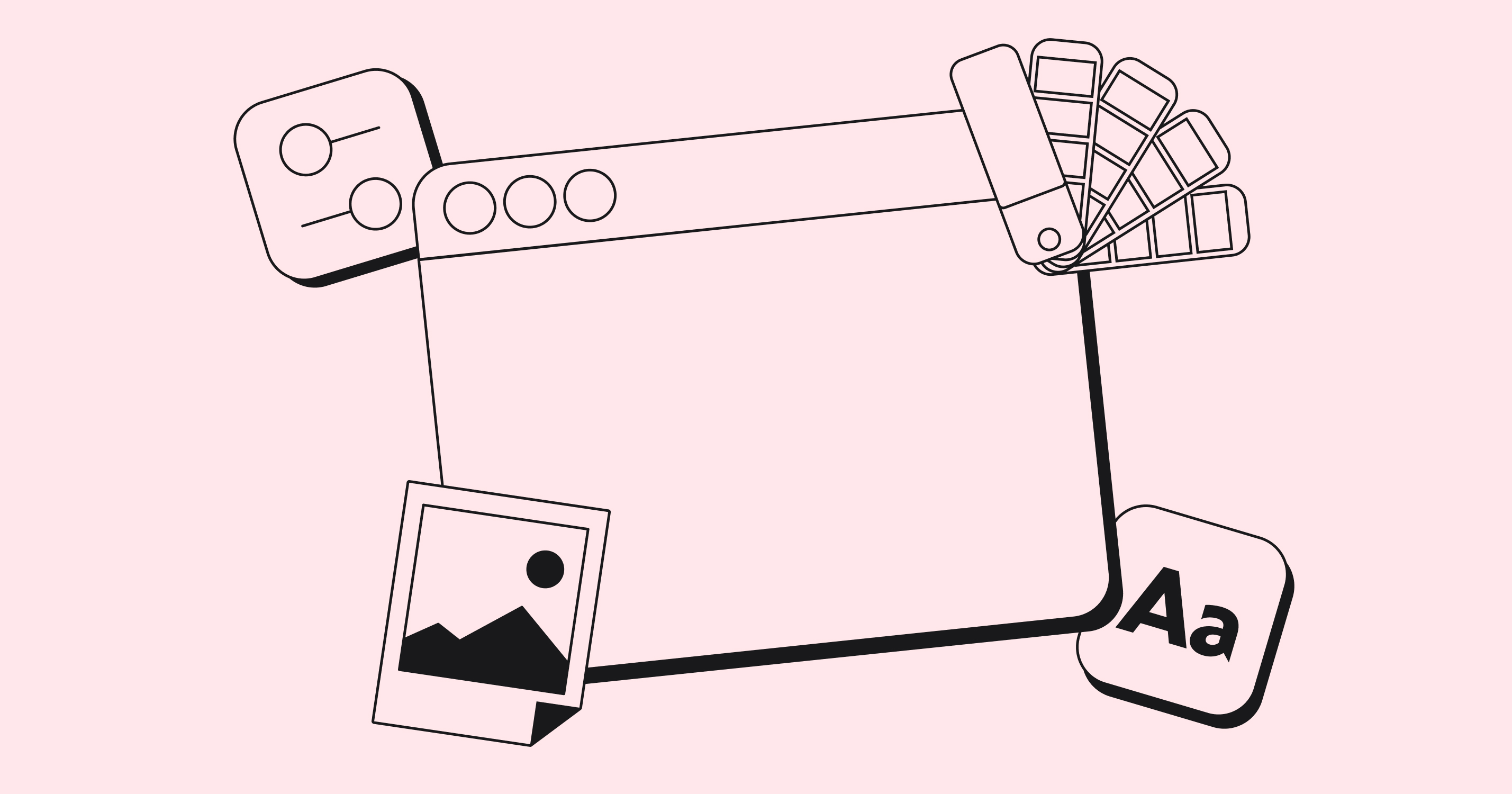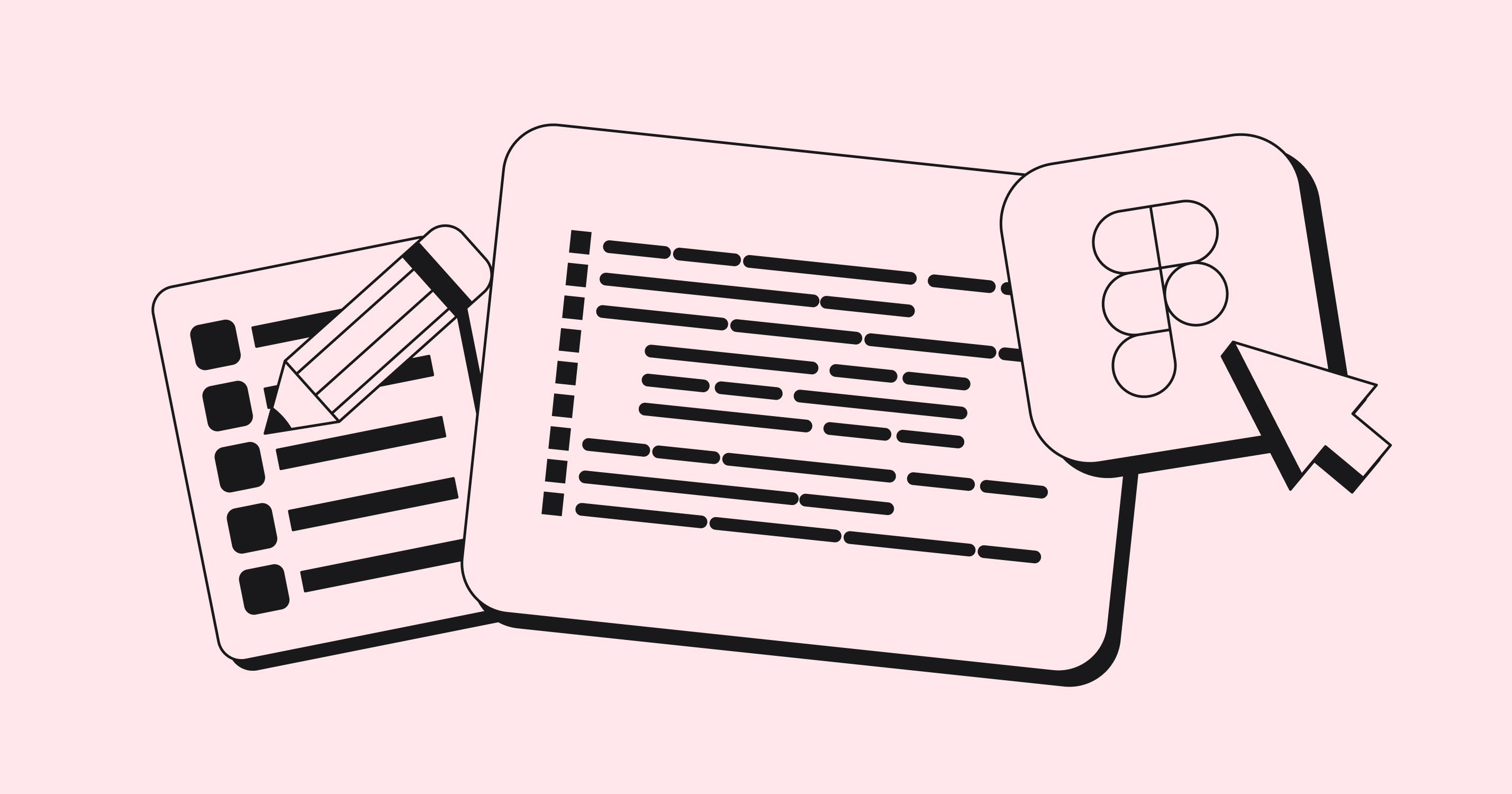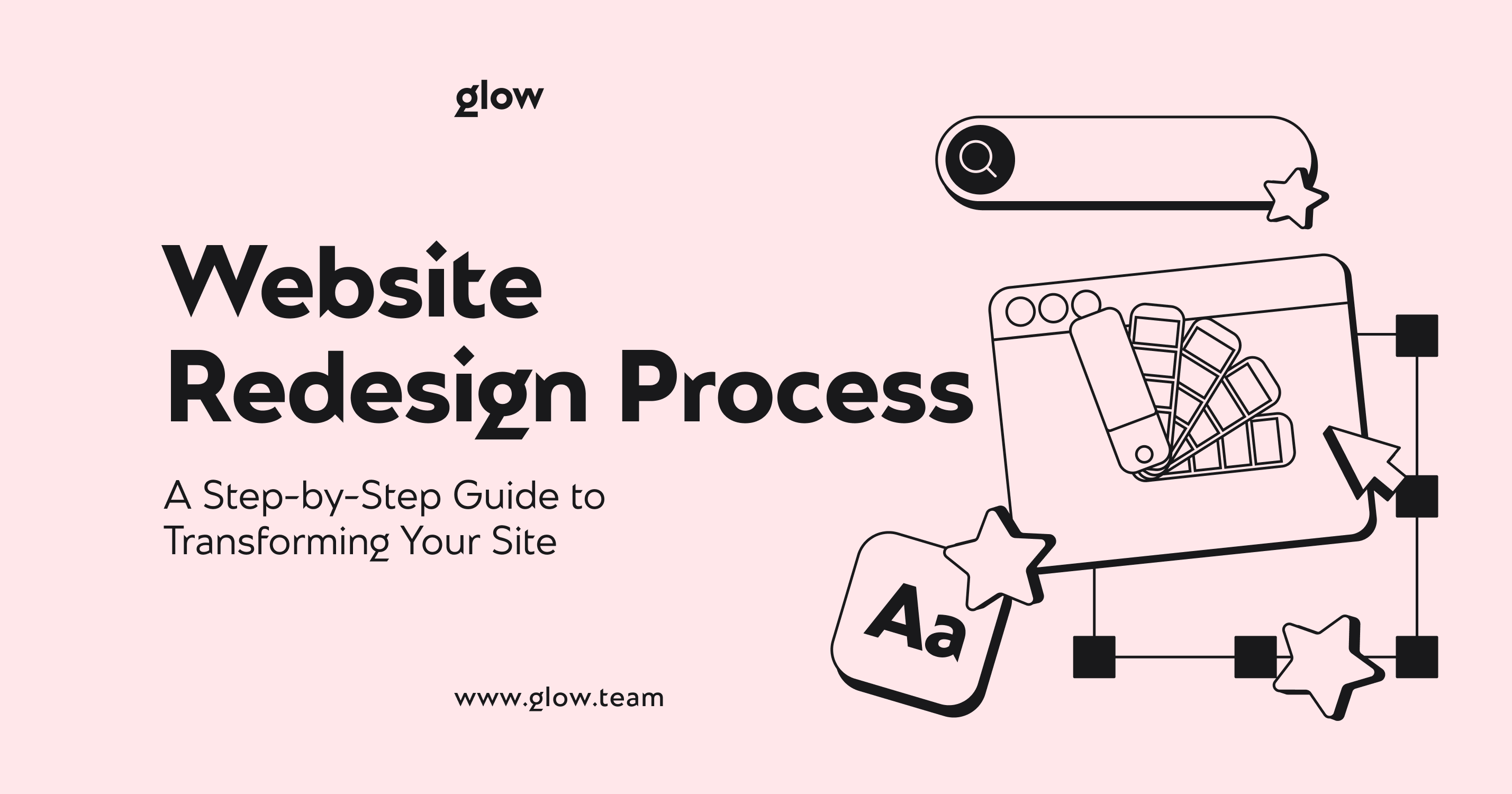Thinking about giving your website a fresh look? You're in the right place! A website redesign is more than just picking new colors or fonts. It's about transforming your digital presence.
Think of your website as your 24/7 storefront in the digital world. Every day, potential customers visit your site. They form opinions about your business within seconds. That's why a strategic website redesign process matters so much.
Ready to turn your website into a powerful business tool? Let's explore how to make your site work harder for your business.

Why Redesign Your Website? Key Reasons to Consider
Websites can get stale pretty fast. The digital world moves at lightning speed. What looked fresh last year might feel outdated today. Your website needs to evolve with changing user expectations and technology. Think about it: how often have you left a website because it felt old or clunky? That's exactly what your visitors do, too. A timely redesign keeps you competitive and relevant in today's fast-paced digital landscape.
Addressing User Experience Issues
Ever visited a website that made you want to pull your hair out? Yeah, we've all been there. Here are some red flags that scream "redesign needed":
- Your site takes forever to load. We're talking about those painful 5+ second waits.
- Mobile users have to pinch and zoom just to read your content.
- Visitors get lost trying to find basic information about your business.
- Your bounce rate is through the roof. People leave faster than they arrive.
- The design looks like it's straight from the early 2000s. Not in a cool, retro way.
Fun fact: Most users decide whether to stay or leave within 3 seconds. Talk about pressure!
Boosting Conversions and Meeting Business Goals
Money talks, right? A smart web redesign can seriously pump up your numbers. Here's what we mean:
- Your conversion rates could double or even triple with better user journeys.
- A fresh, professional design instantly boosts your credibility with potential customers.
- Modern features can make your site work harder for your business.
- Updated designs help you stay ahead of your competition.
- Better user experience often leads to higher customer satisfaction.

Preparing for a Website Redesign: Setting Goals and Benchmarks
Before jumping into colors and layouts, let's talk strategy. Your website redesign strategy needs solid foundations. Success doesn't happen by accident – it comes from careful planning and clear goals. Think of it like building a house: you wouldn't start construction without blueprints, right? The same goes for your website. A well-planned redesign starts with understanding exactly what you want to achieve and how you'll measure success.
Analyzing Your Current Website's Performance
Time to play detective with your current website. Let's dig deeper into what really matters:
- Check out where visitors spend most of their time on your site:
Heat mapping tools reveal the exact patterns of where users click most frequently. You'll discover how far down your pages visitors read through scroll depth analysis. For deeper insights, session recordings show how real users navigate your website.
- Look for pages with unusually high exit rates:
Review each element that might trigger users to leave your site. Your intended user journey should match the actual path visitors take. Technical issues often contribute to high exit rates.
- See which devices your visitors are using most often:
Understanding traffic patterns across different devices and operating systems is crucial. Pay attention to how conversion rates vary between mobile and desktop users. Test your loading speeds across various devices.
- Track how long people stay on your site:
Different types of pages will show different engagement patterns. Compare your metrics against what's typical in your industry. Successful user sessions often share common patterns.
- Figure out which content gets the most engagement:
Start by identifying pages that consistently perform well with your audience. Understanding what makes certain pages successful helps improve others. Look for elements that appear across your top-performing content.
Pro tip: Beyond Google Analytics, consider using tools like Hotjar or Crazy Egg for deeper insights!
Setting Measurable Goals for Success
Let's get specific about what you want to achieve. Vague goals won't cut it. Think about:
- Increasing conversion rates by a specific percentage.
- Reducing bounce rates on key pages.
- Improving mobile engagement metrics.
- Speeding up page load times.
- Boosting time spent on site.

Conducting User Research and Competitive Analysis
Knowledge is power, especially in website redesign. Let's gather some intel! A successful website redesign process requires understanding both your users and the competition. Every piece of data tells a valuable story about what your audience needs. Through careful research, you'll discover opportunities your current site might be missing. Smart analysis helps you stay ahead of market trends.
Gathering User Feedback and Preferences
Your users are goldmines of information. Here's how to strike gold:
- Run quick surveys on your current site.
- Chat with actual customers about their experience.
- Watch how people use your website through heat mapping tools.
- Check customer service emails for common complaints.
- Look at social media comments about your site.
Real talk: User feedback can be brutal but incredibly valuable.
Analyzing Competitors' Websites for Insights
Time to spy on your competition (legally, of course!). Look for:
- Features that make their sites stand out.
- Things they're doing better than you.
- Elements you could improve upon.
- Content strategies that seem to work well.
- Design elements that feel modern and fresh.

Creating a Website Redesign Strategy and Sitemap
Strategy time! It is where your website redesign starts taking shape. A solid website redesign strategy helps guide every decision you make moving forward. Your planning now will save time and resources later. Think of your strategy as a roadmap guiding you to success. Every successful website transformation starts with careful planning and clear direction.
Developing a Content Strategy and Information Architecture
Content is king, but the organization is queen. Let's plan both:
- Audit your current content. What stays? What goes?
- Create clear paths for different types of visitors.
- Plan your content hierarchy carefully.
- Think about your SEO strategy from the start.
- Make sure your message stays consistent throughout.
Creating a User-Centric Sitemap
Think of your sitemap as a roadmap. It should be clear and logical:
- Group similar content together naturally.
- Keep navigation simple and intuitive.
- Plan for both desktop and mobile users.
- Include search functionality where it makes sense.
- Make important information easily accessible.

Wireframing and Prototyping the New Design
Now comes the fun part – bringing your ideas to life! The web redesign process moves from strategy to visual planning. Wireframes serve as blueprints for your new website layout. Through careful prototyping, we can test ideas before committing to final designs. This stage helps prevent costly mistakes later in development.
Building Wireframes for Key Pages
Think of wireframes as your website's skeleton. Let's dive into what makes them effective:
Homepage Wireframe Essentials:- Clear value proposition above the fold
- Intuitive navigation structure
- Strategic placement of call-to-action buttons
- Social proof and trust indicators
- Clear path to key product/service information
- Prominent feature highlights
- Clear pricing information
- Benefit-focused content sections
- Related products/services
- Customer testimonials placement
- Easy-to-scan content layout
- Related content suggestions
- Social sharing buttons
- Newsletter signup placement
- Comment section design
- Simple, user-friendly contact forms
- Multiple contact options
- Location information (if relevant)
- FAQ section placement
- Response time expectations
Developing Interactive Prototypes for Usability Testing
Prototypes are like test drives for your website. They help you:
- See how users interact with your new design.
- Identify potential problems early on.
- Get feedback before full development begins.
- Test different solutions to user experience challenges.
- Make improvements based on real user behavior.

Designing Visual Elements: Branding, Style, and Accessibility
Time to make things pretty – but also functional! Your website redesign should balance aesthetics with usability. Every visual element needs to serve a clear purpose. Good design goes beyond just looking nice – it should enhance the user experience. This phase focuses on creating a visually appealing site that reflects your brand identity.
Aligning Visual Design with Brand Identity
Your brand should shine through every pixel:
- Use your brand colors strategically.
- Keep typography consistent and readable.
- Include your brand's unique visual elements.
- Maintain consistency across all pages.
- Create a memorable visual experience.
Prioritizing Accessibility in Design
Creating an accessible website isn't just nice to have – it's essential. Here's a deeper look:
Color and Contrast Requirements:- Maintain a minimum contrast ratio of 4.5:1 for normal text
- Use 3:1 minimum contrast for large text
- Avoid color as the only way to convey information
- Test your color choices with colorblindness simulators
- Provide high contrast mode options
- Use a minimum font size of 16px for body text
- Maintain consistent line spacing
- Ensure sufficient letter spacing
- Use clear, readable fonts
- Provide text resize options
- Implement proper heading hierarchy
- Use descriptive link text
- Provide skip navigation links
- Ensure keyboard accessibility
- Add visible focus indicators
- Use clear labels for all form fields
- Provide error messages in text
- Allow sufficient time to complete forms
- Offer autocomplete where appropriate
- Include clear submission confirmation

Developing and Testing the Redesigned Website
Quality check time! This phase is crucial for success. Your website redesign process needs thorough testing before going live. Every button, form, and link should work perfectly across all devices. Careful development and testing help catch issues before your users do. We want to ensure your new site performs flawlessly from day one.
Front-End and Back-End Development
Good development practices lead to better results:
- Write clean, efficient code
- Optimize for speed and performance
- Ensure security measures are in place
- Test across different browsers
- Make sure everything works on mobile
Conducting User Testing and Quality Assurance
Testing helps catch issues before launch:
- Run through user testing sessions
- Check functionality across devices
- Test all forms and interactive elements
- Verify all content is accurate
- Make sure everything loads properly

Launching and Monitoring the Redesigned Website
Launch day is exciting, but it's just the beginning! A successful website redesign continues to evolve after going live. Your new site needs careful monitoring to ensure it meets user needs. Regular performance checks help identify areas for improvement. The launch marks the start of an ongoing optimization journey to keep your site effective.
Launching the New Website with a Rollout Plan
A successful launch requires careful planning. Let's break down the essential steps:
Pre-Launch Checklist:- Complete cross-browser testing
- Verify mobile responsiveness
- Check all form submissions
- Test payment processing (if applicable)
- Verify email integration
- Check SSL certificate
- Review robots.txt settings
- Verify analytics tracking
- Test site search functionality
- Check all social media links
- Map all URL redirects
- Update XML sitemaps
- Check canonical tags
- Verify meta descriptions
- Update internal links
- Check structured data
- Preserve important backlinks
- Update Google Search Console
- Monitor indexing status
- Track ranking changes
- Proofread all pages
- Check image optimization
- Verify content formatting
- Test downloadable resources
- Review all CTA buttons
- Check contact information
- Verify pricing information
- Test multimedia elements
- Check form validation
- Review error pages
- Enable caching
- Optimize image sizes
- Minify CSS/JavaScript
- Enable compression
- Verify CDN setup
- Test server response time
- Check database optimization
- Monitor resource loading
- Test backup systems
- Verify security measures
Monitoring Key Metrics and Making Adjustments
Keep an eye on performance after launch:
- Watch your analytics daily
- Monitor user feedback closely
- Track your conversion rates
- Check site speed regularly
- Make improvements based on data
Additional Pro Tips for Long-Term Success:
Regular Maintenance Schedule:- Weekly security updates
- Monthly content reviews
- Quarterly performance assessments
- Bi-annual feature evaluations
- Annual comprehensive audits
- A/B testing key pages
- User feedback collection
- Conversion rate optimization
- Content strategy updates
- Technical performance monitoring
- Plan for scalability
- Consider emerging technologies
- Monitor industry trends
- Keep documentation updated
- Build in flexibility for changes

Ready to Transform Your Website?
Meet Glow — Your Partner in Website Excellence! At Glow, we craft stunning website designs that capture attention and drive results. Our team of creative experts has helped countless startups and established businesses transform their online presence.
What makes Glow different? We combine artistic vision with business strategy. Every website redesign project we tackle is tailored to your unique needs and goals. Whether you're a fresh startup looking to make your mark or an established company ready for a digital refresh, we've got you covered.
Our Process:
- We start with understanding your business goals
- We create designs that reflect your brand's personality
- We focus on user experience and conversion optimization
- We ensure your site looks great on all devices
- We provide ongoing support and optimization
Want to see your website transform into a powerful business tool? Let's talk! Glow's design experts are ready to bring your vision to life. Contact us today to start your journey towards a website that truly shines.

Conclusion
A successful website redesign process is quite a journey. But with the right approach and partner, it can be exciting! Remember, your website often gives potential customers the first impression of your business. Make it count!
Remember: A successful website is never truly "finished." It's a digital asset that should grow and evolve with your business. Keep testing, improving, and, most importantly, keeping your users in mind.
Ready to start your website transformation journey? The team at Glow is here to help turn your vision into reality. Let's create something amazing together!








